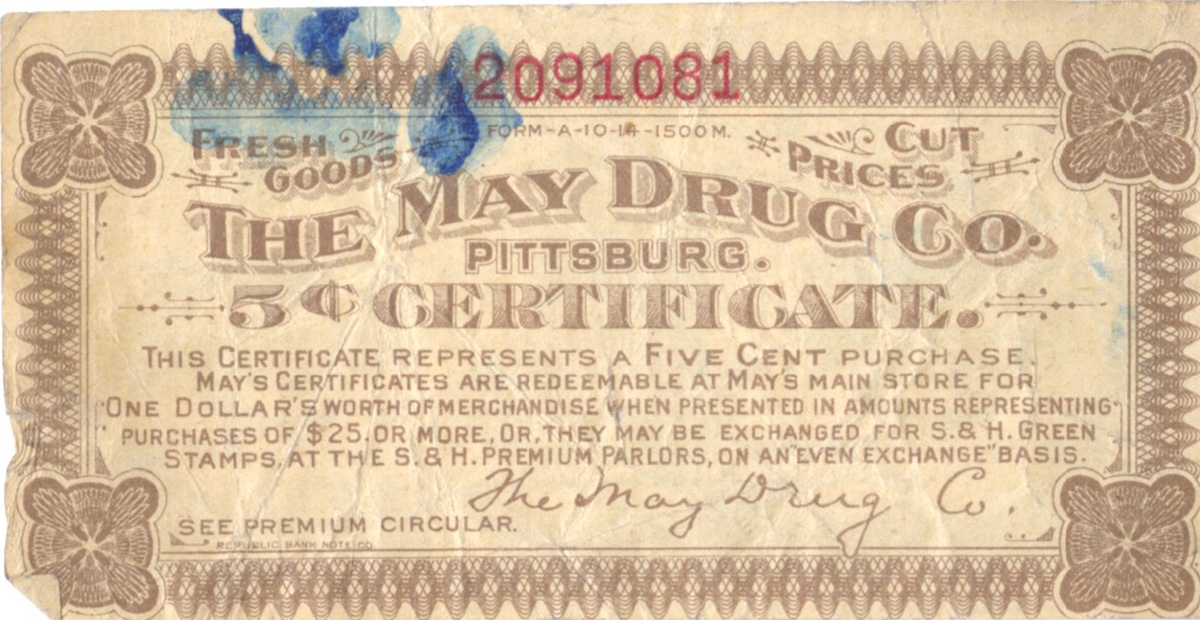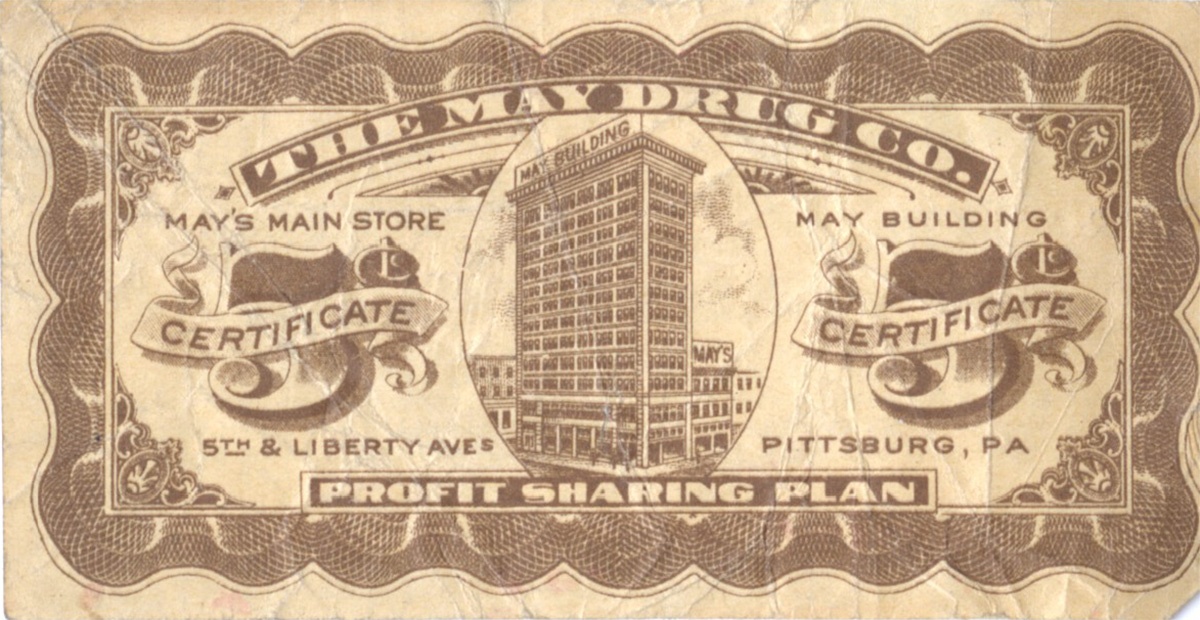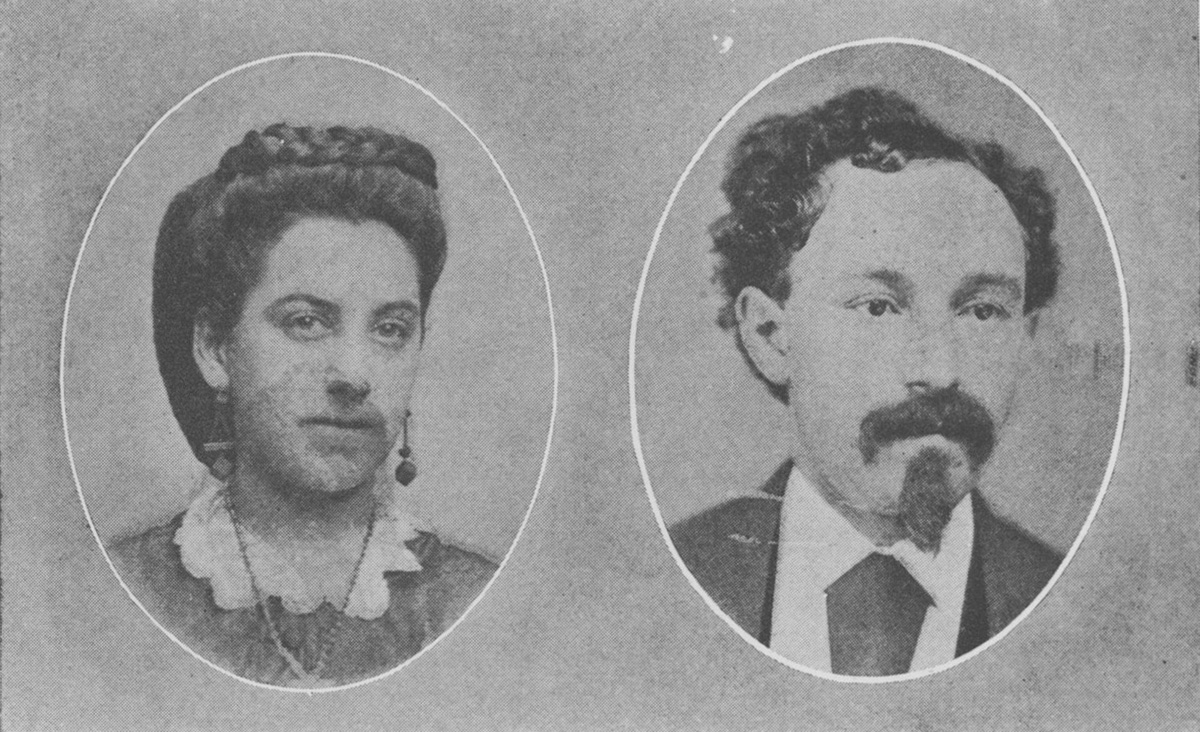
Baruch May was the son of a Bavarian farmer and cattle dealer. His first job was bringing lunch and beer to the field hands, who worked several miles from town. His second job was working in the fields. His third job was peddling trinkets through Quebec and Ontario, where he had immigrated in 1858, at 15, to join a sister and brother-in-law who had opened a jewelry store in Montreal. On the road, he learned English and started going by “Barney.” His fourth job was prospecting for gold in British Columbia with his older brother. (This was before the transcontinental railroad. May traveled from Quebec to British Columbia through the Panama Canal.) The brothers established a camp they called Mayville. “Being wise in their generation, the Mays attempted no actual mining operations themselves, but preferred to develop the claims, to which they held title, on a share basis with practical miners,” George M. P. Baird wrote in 1917 in the book “The Story of Barney May, Pioneer.” The brothers stayed in British Columbia for four years, until an outbreak of “mountain fever” forced them to seek medical care in San Francisco.
Barney May’s fifth job was in New York City, where two of his sisters had opened a millinery shop. (This time, to get back across the continent, May sailed to Nicaragua and crossed the isthmus on foot.) The New York hat market proved to be a little too crowded, and so the siblings started over in Williamsport, Pa., a growing logging town along the West Branch of the Susquehanna River. Barney May worked as a traveling salesman for the Williamsport operation. This was his sixth job. He spent time in the western half of the state and took note of the booming oil economy. In 1872, Barney May married Pauline Fleischman, who came from one of the oldest Jewish families in Pittsburgh. They moved to Philadelphia, where his older brother had started a wholesaling business. This was Barney May’s seventh job. The wholesaling business was destroyed in a fire in 1884.
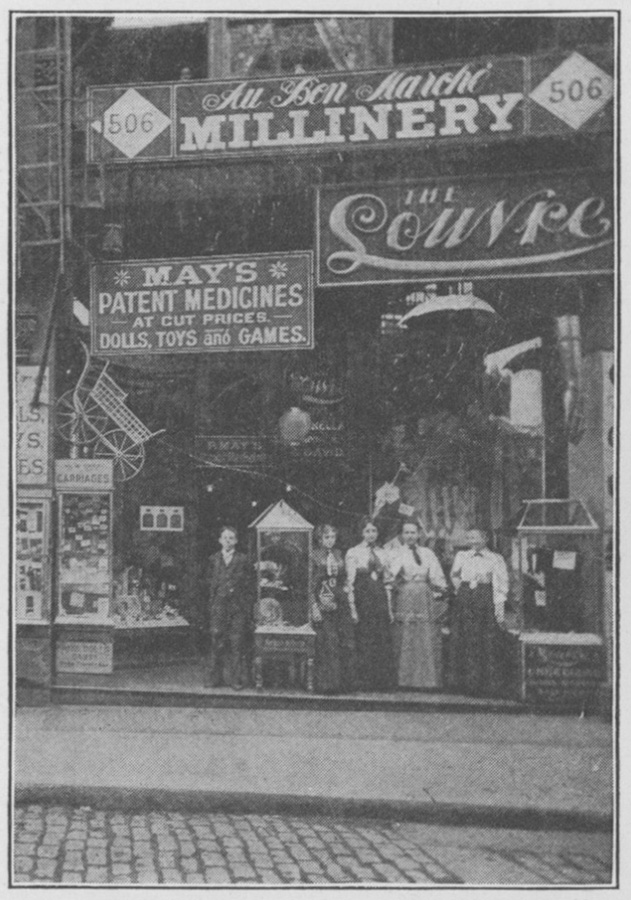
Remembering wealthy Western Pennsylvania, May went to Pittsburgh. He started a dry goods business with his brother-in-law Solomon L. Fleischman under the name Fleischman & Company. This was his eighth job. The business closed during the Panic of 1893, amassing huge debts. Creditors trailed the former proprietors until Congress passed the Bankruptcy Act of 1898. Fleischman & Company filed in late 1899 and, for a short time, had the distinction of being the largest bankruptcy case in U.S. history. Their 210-page petition listed some 675 creditors. Fleischman told the court he had $300 in assets and $189,160 in liabilities. May said he had $150 in assets and $181,160 in liabilities. The court discharged the former partners in January 1900. But before that, in 1894, May started his last job. Using a series of personal loans, he opened a patent medicine counter in a rented corner of a storefront on Market Street. This became the May Drug Company.
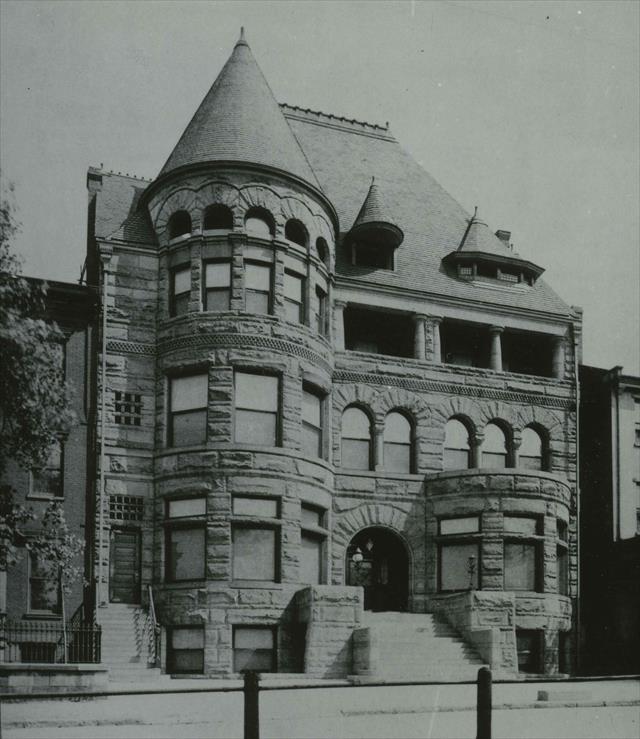
This time, May operated entirely on cash. He offered money-back guarantees and cut-rate pricing. He advertised heavily. His newspaper promotions featured long lists of products, changing season-by-season and need-by-need. For winter coughs, he sold May’s Dutch Cough Syrup, and May’s Laxative Quinine, and May’s Bronchial Tablets, and Munyon’s Cough Cure, and Brown Mixture (“the old family standby”), and Vinol, and Peruna, and Scott’s Emulsion of Cod Liver Oil, and licorice sticks, and rock candy, and horehound candy flavored sage or marshmallow. For congestion, he sold chest protectors made from chamois, flannel, or felt. For cramps, he sold hot water bottles lined in cloth or flannel. For cold feet, he sold insoles made from cork or hair. He sold medicated skin soap, and pine tar soap, and carbolic soap at a dime a cake, and sulphur soap at three cakes for a quarter. He sold baby food. He sold stationery and playing cards in the popular “Steamboat” and “Kazoo” brands. May Drug soon became the largest in the local trade.
In 1909, Barney May hired the architect Charles Bickel to design a 12-story “mercantile apartment building” at the corner of Fifth and Liberty Avenues, downtown. It had high-speed Otis elevators for passenger and freight service, and hardwood floors on every level. May used the bottom floors for the flagship branch of his pharmaceutical operation and rented out the other floors. By the time Barney May died in February 1921, May Drug Company was operating 10 stores across the Pittsburgh area.
Eric Lidji is the director of the Rauh Jewish History Program & Archives.
